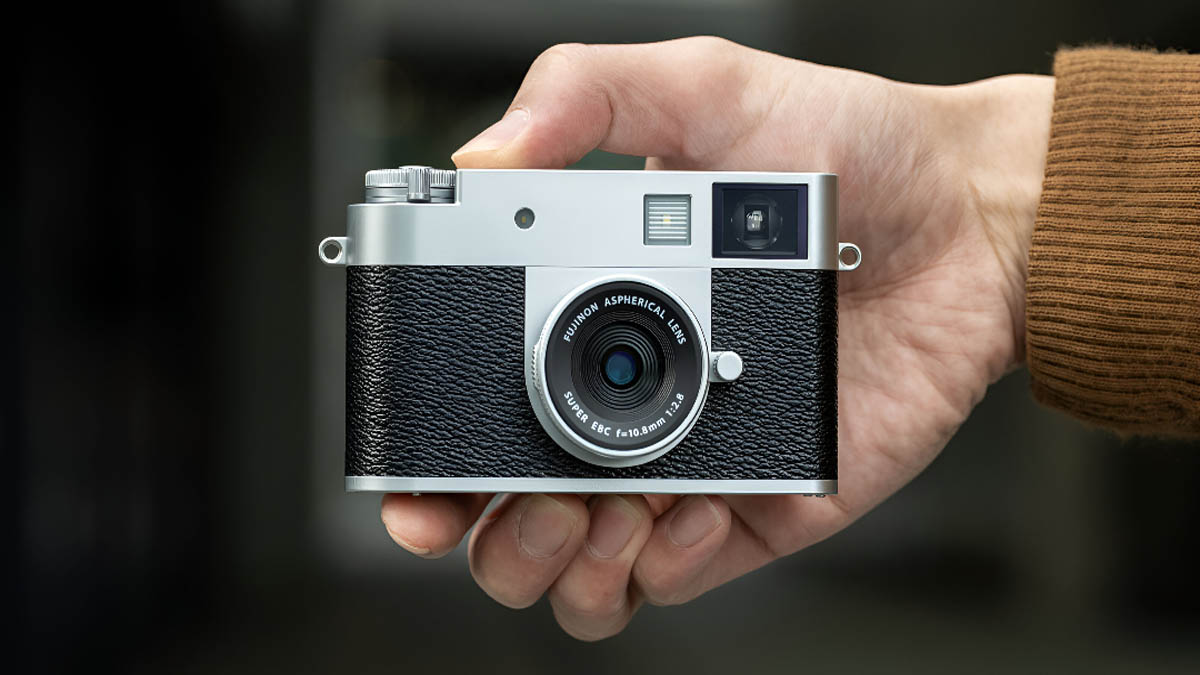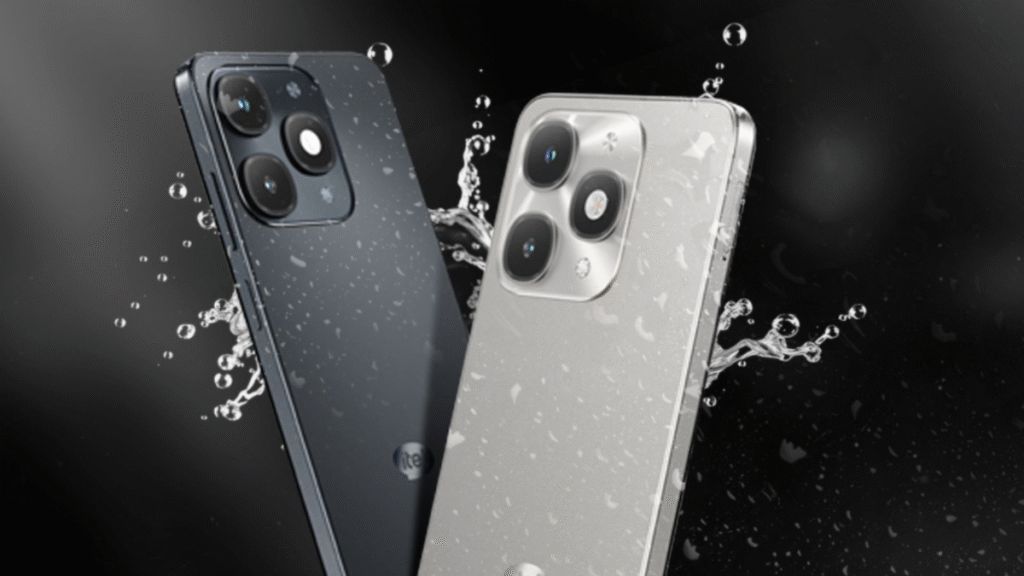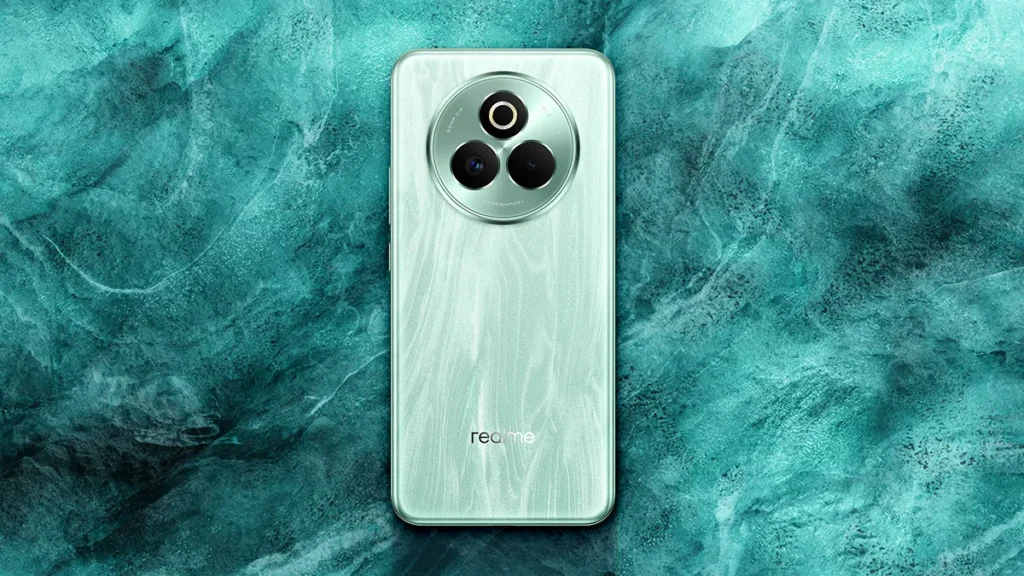Now Reading: Fujifilm X-Half: A Digital Camera That Thinks It’s Film
-
01
Fujifilm X-Half: A Digital Camera That Thinks It’s Film
Fujifilm X-Half: A Digital Camera That Thinks It’s Film

Fujifilm, a brand synonymous with both heritage and innovation in photography, has once again turned heads with its latest offering: the X-Half. While the digital camera market is constantly pushing boundaries in resolution, sensor size, and computational photography, the X-Half takes a decidedly different path, embracing an analog aesthetic so deeply that it foregoes even the fundamental digital benefit of RAW image capture.
This deliberate omission isn’t a limitation; it’s a statement. In an era where every pixel can be meticulously manipulated and every nuance extracted from a RAW file, the X-Half boldly reintroduces an element of delightful unpredictability and a focus on “getting it right in camera.” For a news website, this provides a compelling narrative, offering a fresh perspective on the evolving relationship between photographers and their tools.
The X-Half’s inability to shoot RAW forces photographers to rely on the camera’s in-built film simulations – a hallmark of Fujifilm’s X-series. These simulations, meticulously crafted to mimic the look and feel of classic Fujifilm film stocks, become the final word on the image’s aesthetic. This move encourages a more thoughtful approach to composition, exposure, and color, akin to the days of film photography where each frame held significant weight. There’s no safety net of post-processing flexibility; what you shoot is what you get, and that’s precisely the point.
This analog dedication goes beyond mere software. The X-Half is designed to evoke the tactile experience of using a film camera, from its rumored controls to its overall form factor. It speaks to a growing segment of photographers who feel overwhelmed by the sheer complexity of modern digital cameras and long for a simpler, more intuitive shooting experience. It’s about slowing down, savoring the moment, and trusting the camera’s engineering to deliver a beautiful, ready-to-share image straight out of the device.
For a news website, the X-Half’s unique selling proposition lies in its counter-cultural appeal. It challenges the prevailing notion that more features and greater control are always better. Instead, it champions artistic constraints as a catalyst for creativity. This camera isn’t for the pixel peeper or the post-production wizard. It’s for the photographer who cherishes the journey as much as the destination, who finds beauty in the inherent characteristics of a chosen film stock, and who desires a camera that feels less like a computer and more like an extension of their artistic vision.
The X-Half represents Fujifilm’s commitment to exploring the full spectrum of photographic expression. It’s a bold move that is likely to resonate deeply with photographers who appreciate the heritage of the medium and are seeking a more authentic, less digital, photographic experience. In a world saturated with hyper-processed images, the X-Half offers a refreshing return to simplicity, artistry, and the timeless joy of creating photographs. This isn’t just a camera; it’s a philosophy.










